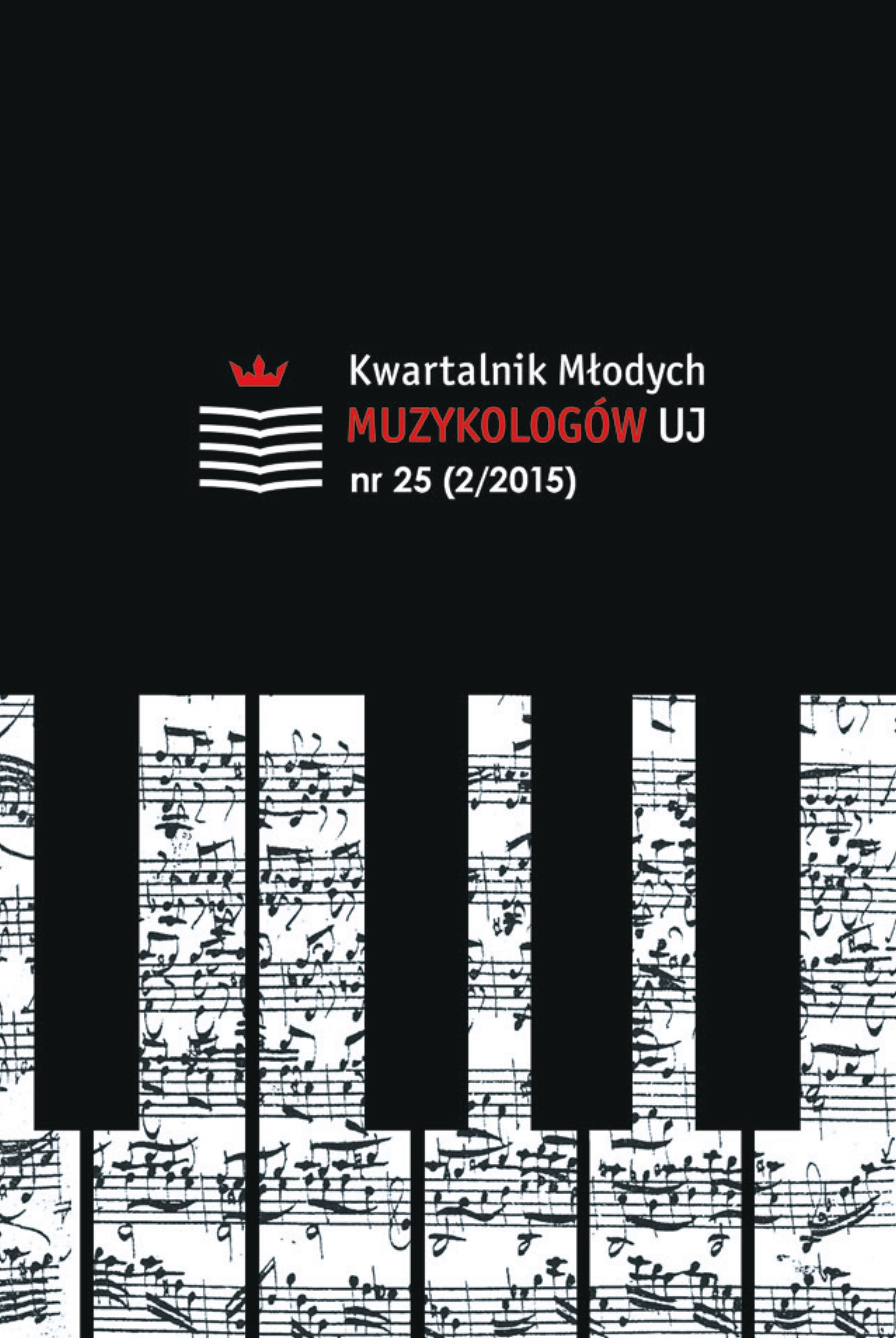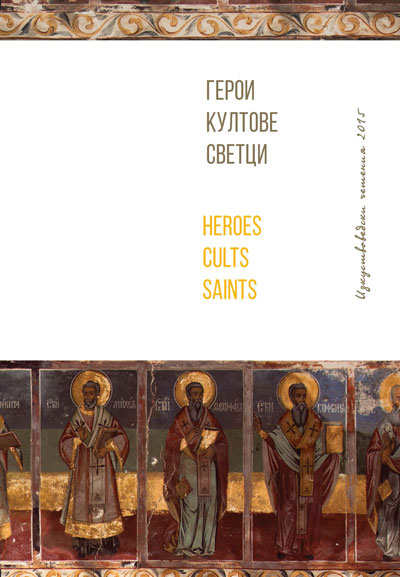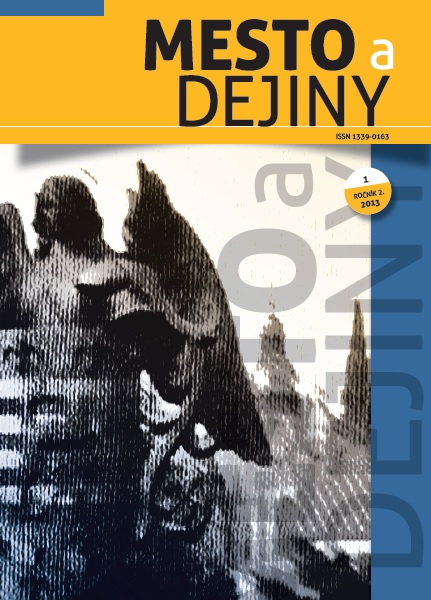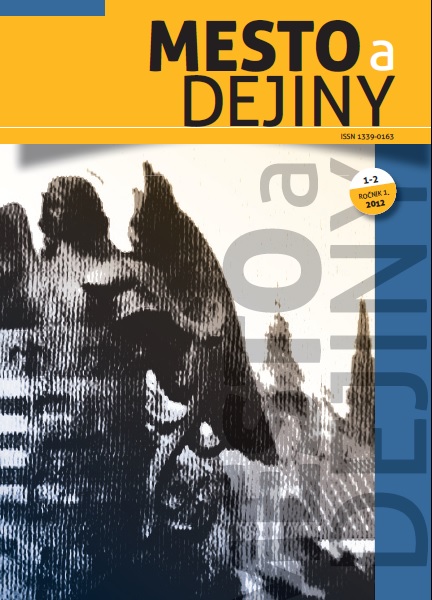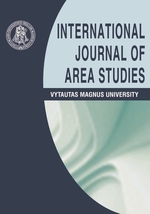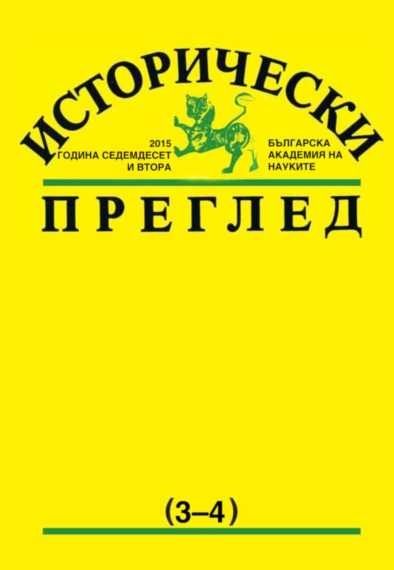Author(s): Nikolay Antolevich Yasnitskiy / Language(s): Russian
Issue: 3/2016
The paper attempts to identify some of the ideological and theoretical views expressed by John Gillis, the English historian of the 18th century. His work “History of Ancient Greece…” won recognition and became widely known in the 19th century. It was translated into different European languages, but when the problem of possible existence of the special variant of English Enlightenment came into question during the 20th century, the historical and philosophical-theoretical views of J. Gillis did not become the object of research. This is probably due to the low appraisal assigned to one of the currents of the English historical thought – ancient historiography – by a few historical studies. The reason must be that English enlighteners have long believed to be the followers of the French Enlightenment. In our opinion, along with the above-mentioned reasons, there is lack of attention to ancient heritage. J. Gillis and other English historians of antiquity, his predecessors and contemporaries (Walter Moyle, Edward Wortley Montagu), explain that the theoretical foundations, on which works of many British historians of antiquity were based, seem wrong. In the 20th century, the theoretical framework was assessed in foreign historiography from the standpoint of its conformity with liberal ideas, which enhanced the positive and non-“destructive” for the fate of the ancient states role of economic and material factors in the political development of society. In Russian historiography opposing liberality in the 20th century, historians considered antiquity from the standpoint of the class approach: criticized it for underestimating the positive role of the same economic factors and exaggerated of the role of political and religious factors. As a result, both foreign and Russian historiography often distorted interpretations, as in the case of William Mitford. The works of historians, whose ideas contradicted the generally accepted approach to the ideas of the English Enlightenment, are simply suppressed, as in the case of W. Moyle, E. W. Montagu, and J. Gillis. The article analyzes the chapters I to X of the “History of Ancient Greece…”, in which J. Gillis focuses on the factors determining the specifics of regulation in Greece, with which he associates the process and characteristics of settlement of the Greeks in the Balkan Peninsula, as well as the emergence of the first unions and early state formations. The conclusion is made that J. Gillis, narrating the history of ancient republics and the forms of governmental regulation used in them, placed significant importance on the material circumstances that played a crucial role in the overall history and destiny of nations. According to J. Gillis, the most important material circumstance is land ownership, joint ownership of which determined the origin of the Greek unions of tribes and the republican form of government. The tradition of land reward contributed to the emergence and, subsequently, transformation of the royal power in either democratic republics or states with a mixed type of government. J. Gillis emphasizes the inevitable weakness and the fragility of republics caused by the frequent internecine wars and civil conflicts in contrast to the benefits and longer existence of states with a mixed type of government. The features of theoretical reasoning and interpretation of the historical process by J. Gillis make it possible to argue about the uniqueness of the English historical thought during the period of Enlightenment.
More...
